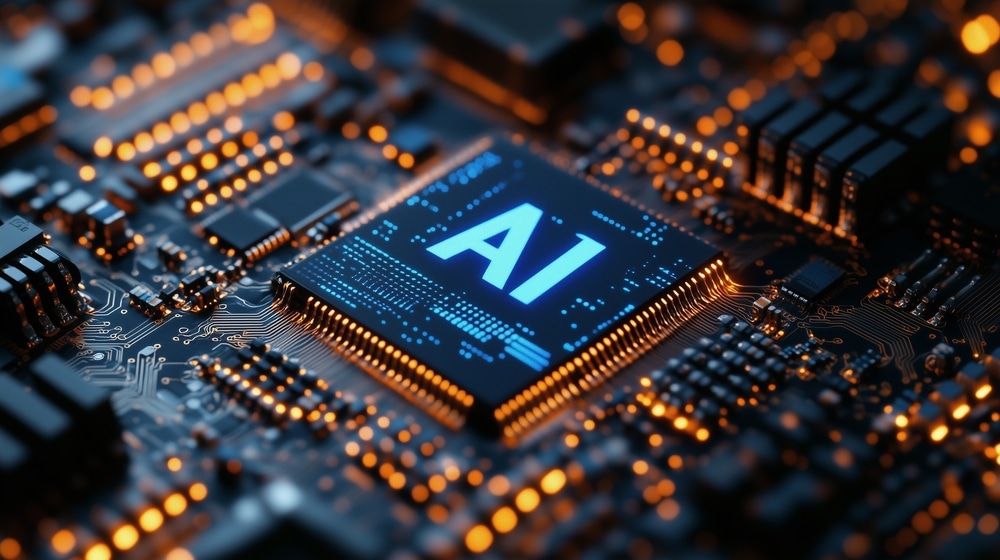News
Machine learning will speed up lending decisions – Bank of England

Machine learning and artificial intelligence (AI) are set to improve the quality of credit risk in mortgages and other loans, helping lenders to process applications faster, a Bank of England official said.
Robots and technology can use vast amounts of data to spot trends in risk and identify when a mortgage may be more likely to become non-performing, according to James Proudman, executive director for the supervision of UK banks and building societies.
However, he warned the increased use of machines and AI could also increase risks and company safety.
In some cases, machine assessment models could become difficult for humans to understand, which means staff need different skills to maintain risk control.
On the other hand, machines could help identify problems, Proudman said.

Friend or foe? The role of AI in mortgage administration
Sponsored by Pepper Money
For example, when something goes wrong in a firm it is often necessary to analyse vast amounts of emails and spreadsheets to identify who made relevant decisions and, adjust the checks and balances in the company.
These processes can take humans a lot of time, but machines could process information much faster to identify issues.
In a speech at a Bank of England workshop, Proudman said: “Advanced analytics are opening an ever wider range of banks’ activities to automation, so too are they creating new possibilities for us to supervise banks more efficiently and effectively.
“But until machines can fully replicate human cognition – a remote possibility for the foreseeable future – supervisory judgment will still have a central role to play.
“My central expectation is that over coming years the Prudential Regulation Authority will develop a form of ‘cyborg supervision’ involving humans and machines working ever more closely together and leveraging their comparative strengths.”
